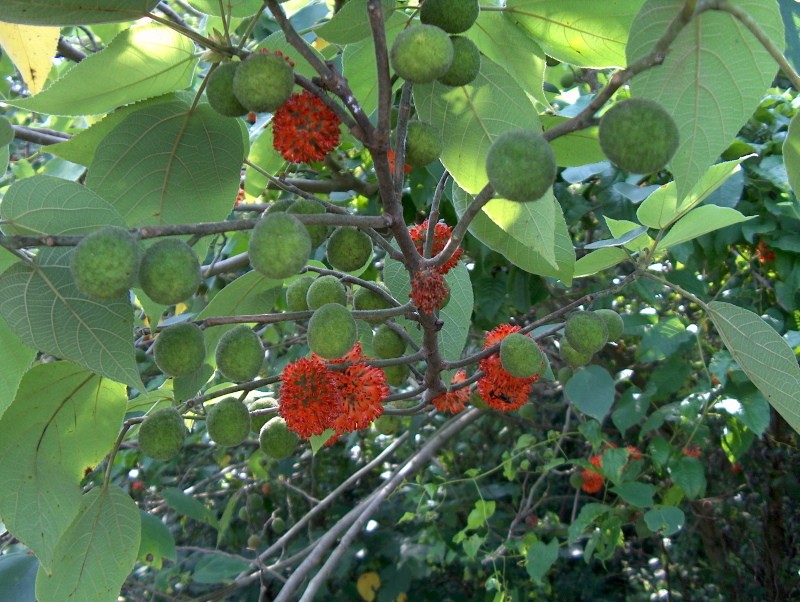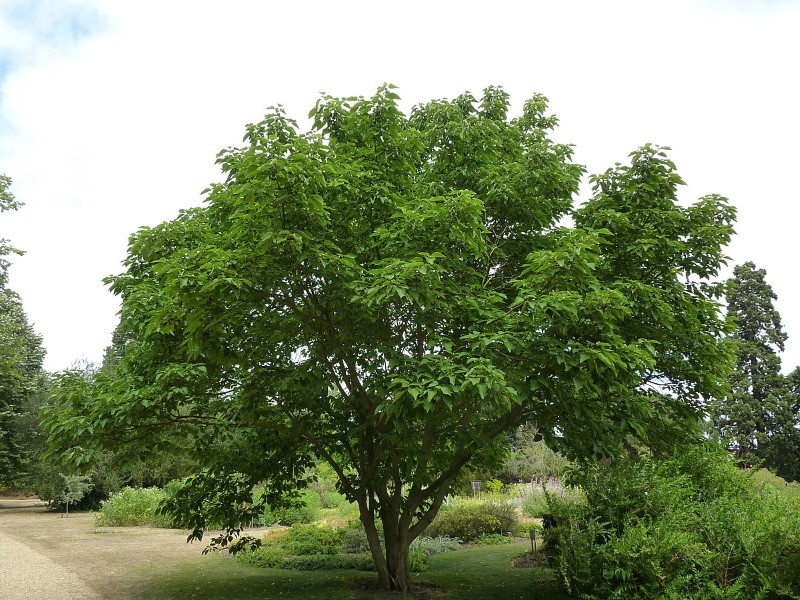An ancient culture that has not lost its value today - brussonetia, paper tree
 If some types of trees are grown for fruits, and others for decorative purposes, then this plant can be called unique. Unusual and rather rare brussonetia paper tree is one of the ancient cultures that appeared at the beginning of our era. It looks very beautiful and bears fruit with edible fruits. It is also a source of food, fibers for making clothes and paper, and even for medicinal products.
If some types of trees are grown for fruits, and others for decorative purposes, then this plant can be called unique. Unusual and rather rare brussonetia paper tree is one of the ancient cultures that appeared at the beginning of our era. It looks very beautiful and bears fruit with edible fruits. It is also a source of food, fibers for making clothes and paper, and even for medicinal products.
Brussonetia - paper tree, botanical characteristic


Brussonetia has very decorative leaves, and on the same tree there can be plates with completely different shapes. There are wide, whole leaves up to 15 cm long or deeply dissected into three lobes. Each is decorated with a scalloped edge. But this is not all the decorativeness of the deciduous cover. The two-tone color gives it a special charm. Rather, the color is one, dark green, but due to the dense pubescence, the reverse side of the leaves seems much lighter. The flowering of brussonetti is no less beautiful and varied.
Since the paper tree is a dioecious crop, the shape of the inflorescences depends on whether it is a boy or a girl. Male white small flowers are collected in long rocking chairs. And the female ones are colored orange and have the shape of a ball.
After pollination in place of flowers, round fruits are tied and ripen in early autumn. They are covered with green skin and spongy inside.
Where is brussonetia used
 As the name suggests, the main purpose of paper wood is to be used as a raw material for making paper. The bark of the tree is dense, yet flexible and easy to remove. Long and strong fibers produce excellent quality elastic paper.
As the name suggests, the main purpose of paper wood is to be used as a raw material for making paper. The bark of the tree is dense, yet flexible and easy to remove. Long and strong fibers produce excellent quality elastic paper.
In addition, paper wood is widely used in other fields as well:
- The medicine. In official medicine, the culture has not received recognition, but in folk medicine it is known for its diuretic and strengthening properties. Brussonetia is able to relieve swelling, improve vision. It stops bleeding and treats kidney disease.
- Cooking. Not only fruits that are eaten raw or boiled are edible, but also young leaves. For example, Asians love to add them to salads.
- Industry. In addition to paper, the bark of the tree is used to make fabric, ropes, and even a leather substitute. And from seeds they make butter, which is part of the soap.
Do not forget about the beautiful decorative look. An unpretentious and drought-resistant tree with unusual leaves is planted in city parks.